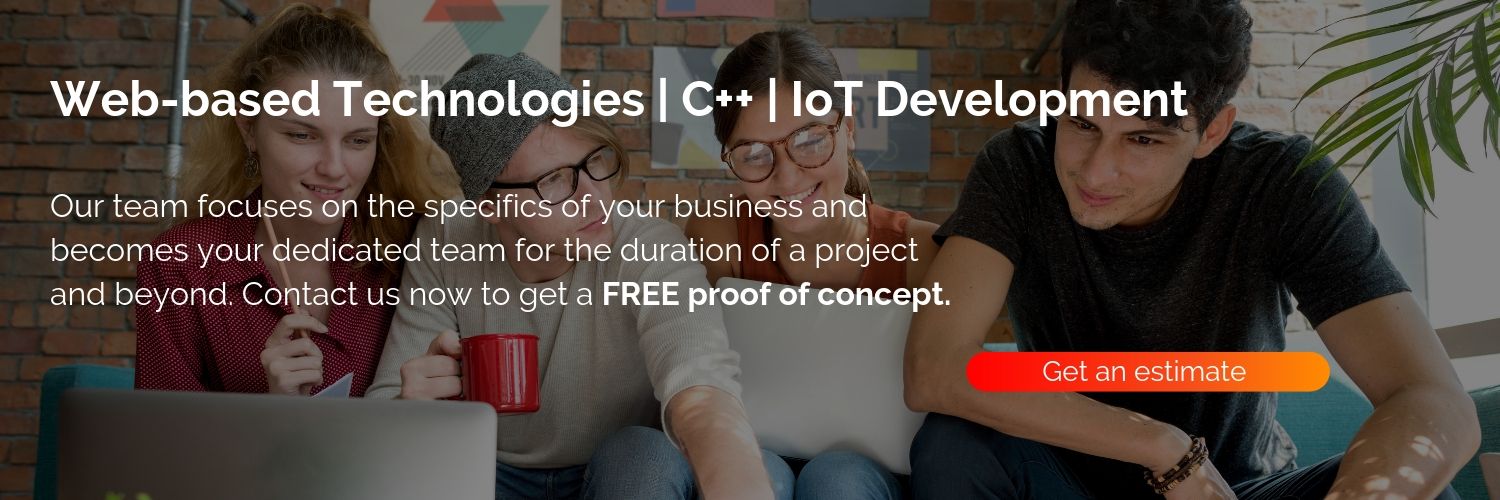Developing projects comes with many strategic decisions that ultimately can affect the whole outcome of the project. One of them is choosing the right database that will provide needed functionalities to the application. In this article we focus on the relational database comparison with 8 the most popular ones.
Relational vs. Non relational database
Relational databases provide a declarative method for specifying data that are placed in tables and rows. They use SQL (Structured Querying Language) to extract and manipulate data from related tables in a database (insert, update, delete, select). Relational database allows to avoid data redundancy/duplication thanks to tables connection via foreign key. It was first proposed by Edgar F. Codd in 1970.
Non relational databases don’t use tabular schema to storage data. These databases are designed to store a specific types of data in simple key/value pairs, JSON documents or a graph. Non relational databases are more commonly known by a term NoSQL. The biggest difference between a traditional database and this one is that non relational database doesn’t use relational model.
Commercial vs. Open-Source
This relational database comparison consist of a mix of both commercial and open-source databases. But which one is better for you?
Commercial database is a paid subscription to a database which gives you a variety of options in terms of support and management. There’s usually a few different types of licences that fit best depending on your needs. Each license will be priced differently and it often depends on the number of cores and overall number of data.
Most enterprises and other big companies uses commercial license for their data. However, it’s not the only case. Small companies and startups also often might choose commercial database because of 24/7 support and easier scalability.
Open-source databases are usually based on GNU General Public License and are free of charge. It also allows you to customize your database to your needs and project requirements.
Many small to medium size projects uses open-source database. Why? Because they are simply enough and free. Even for open-source databases you can have support but it’s a lot cheaper than commercial license.
Ranking Of Relational Databases

source: https://db-engines.com/en/ranking/relational+dbms
We want to focus on the most popular relational databases and compare them to help you choose the best one for your next project. This ranking is based on a few different scores like:
- number of searches on Google, Bing and Yandex
- mentions on technical websites like Stack Overflow and DBA Stack Exchange
- number of job offers on Indeed and Simply Hired
- number of profile descriptions from LinkedIn, UpWork
- number of mentions on Twitter
- frequency of mentions on Google Trends
Let’s focus on these 8 best databases and compare them. You’ll be able to decide which database to use.
Relational Database Comparison
Oracle
Oracle is a multi-model database created by Larry Ellison and his former co-workers at SDL in 1977 with CIA founding. It’s commonly used for data warehousing, online transaction processing or mixed workloads. It is written in Assembly, C and C++.
Oracle provides a few of editions to choose from like Enterprise Edition, Standard Edition 2, Personal Edition etc.
World of Warcraft is one of the most popular Oracle implementations. It manages massively multiplayer online role-playing game. It’s extremely well optimized in terms of response time even for millions of players at the same time.
MySQL
MySQL is an open-source database available both in terms of GNU General Public License as well as proprietary license. It was sold to Oracle in 2010 and is supported by them since then. Thanks to open-source licence MySQL has been extremely popular and widely used for websites, e-commerce, logging application etc.
A big benefit to MySQL database is an option to modify source code to your needs. Because it’s an open-source DB it gives you a whole inside on what’s exactly going on.
Microsoft SQL Server
Microsoft SQL Server supports mostly big corporate IT environments with transaction processing, advanced application analysis or business intelligence. Its biggest competitors are Oracle and IBM DB2.
Microsoft SQL Server uses Transact-SQL as an extension to the standard language.
PostgreSQL
PostgreSQL is an object-relational open-source database used by many enterprises like TripAdvisor, Red Hat etc.
It’s one of the most powerful free databases and is designed to be extensible to allow customising the database to your needs. That’s why it is so widely used in computer software and information technology.
PostgreSQL focuses on optimizing the response time to make the database even faster.
IBM DB2
IBM was the first ever company to develop relational database with their System R using Edgar Frank Codd work called „A Relational Model of Data for Large Shared Data Banks”. Moreover, they were the first to use an archetype of SQL language called Alfa.
IBM DB2 is a commercial database dedicated mostly to enterprise level companies. The difference between available versions lays in licence limits because every version uses the same code source.
Microsoft Access
Microsoft Access is a part of Microsoft Suite programs and it’s a database dedicated to Windows users. It can import data from different applications and visualize them using graphical user interface.
It is mostly used in SME for smaller project. It’s maximum size is 2GB which makes it mostly an application to visualize data instead of storing it.
SQLite
SQLite is a relational database that is mostly embedded into the end application instead of operating in client-server model. The whole database is contained in one file with maximum of 140TB.
It is mostly used in embedded systems and can be deployed on different operating systems. Moreover, it has bindings to many programming languages like JavaScript, C++, Python etc.
MariaDB
MariaDB is another open-source database that’s been developed by the founders of MySQL database. It’s very similar to it but remains fully on GNU General Public Licence. Both names My and Maria come from Monty’s daughters.
MariaDB offers all of MySQL features and was developed to allow easy migration from MySQL to MariaDB.
Summary
This relational databases comparison was supposed to help you choose the best database for your next project. We hope you have found what you were looking for. In case you have any more questions, feel free to contact us and our developers will talk to you.









